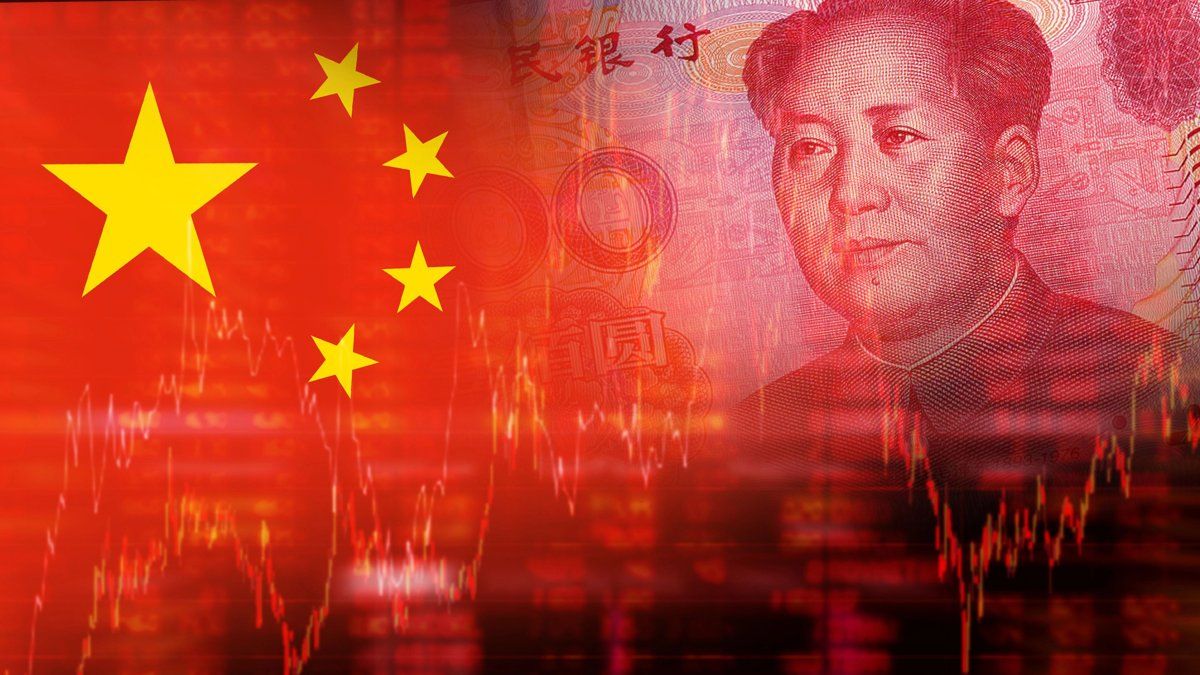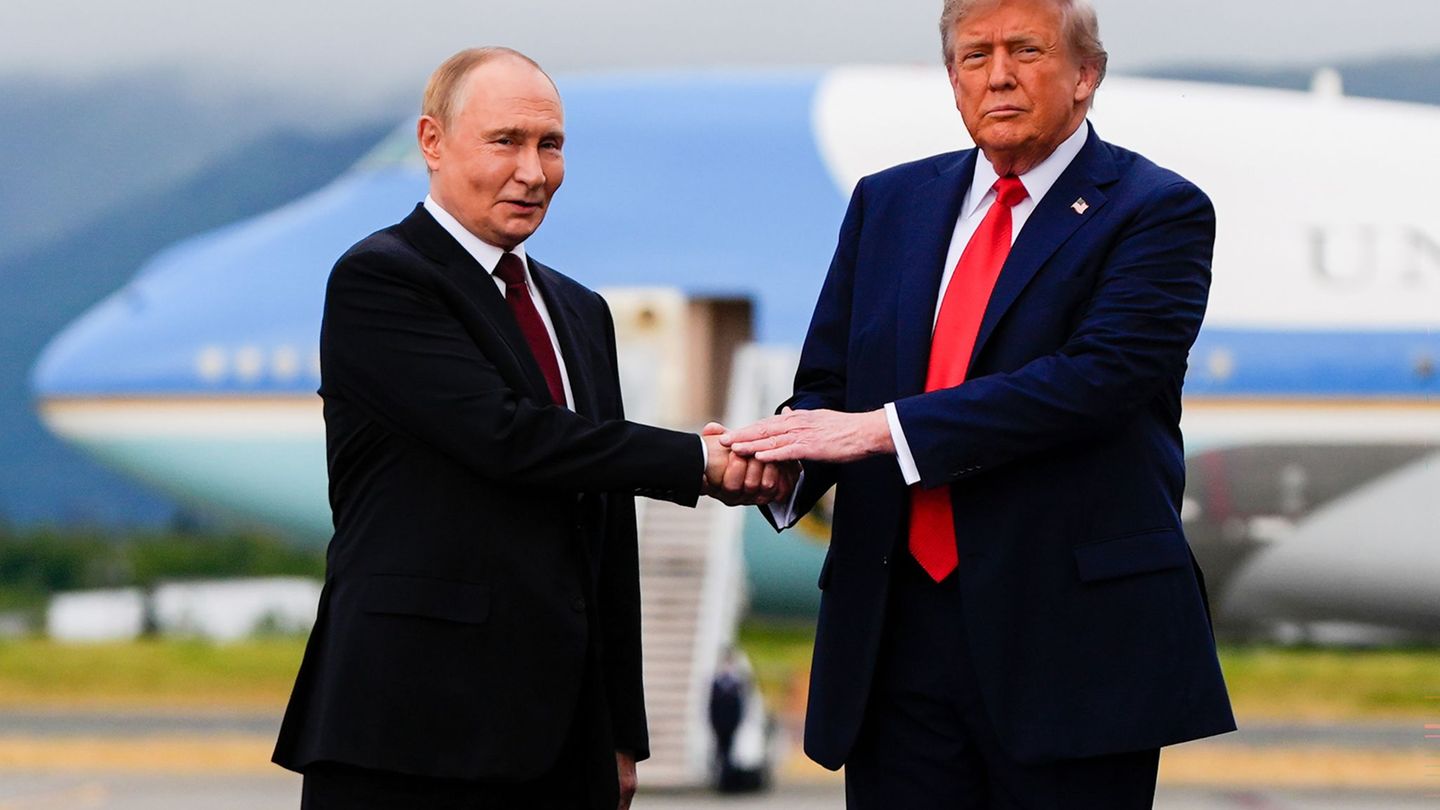Consumer inflation in China accelerated in January until its highest level in five months, while deflation in production prices remained, reflecting unequal consumption and weak manufacturing activity.
Analysts warn that deflationary pressures will probably persist this year unless the authorities manage of the second largest economy in the world.
The Consumer Price Index (CPI) rose 0.5% in January compared to the previous year, accelerating from December 0.1%, according to data from the National Office of Statistics published on Sunday. The figure exceeded the 0.4% estimate in a Reuters survey to economists.
The underlying inflation, which excludes volatile food and fuel prices, accelerated 0.6% in January from 0.4% of the previous month.
While consumer prices are expected to gradually increase, production prices probably do not return to positive field in the short term due to the excess capacity in the industry, said Xu Tiannchen, senior economist of Economist Intelligence Unit. “If it is measured For the GDP deflator, it will still take some quarters to get out of deflation, “Xu added.
What’s behind the data
The data were influenced by seasonal factors, since the New Year Lunar, the most important holiday in China, began in January this year, while in 2024 it was in February. Normally, prices go up when consumers monopolize goods, especially food, for great family gatherings.
The prices of aircraft tickets increased by 8.9% year -on -year, the inflation of tourism was 7.0% and the prices of inputs for cinemas and shows rose 11.0%.
Reports on consumer spending during the festivities were mixed, reflecting concerns about wages and job security.
While the Chinese mass went to theaters and increased their spending on purchases, gastronomy and internal tourism, per capita expenditure during the festivities grew only 1.2% compared to the previous year, compared to the increase of 9.4% in 2024, according to estimates of Anz analysts. The IPC rose 0.7% in January compared to the previous month, below the expected increase of 0.8% and compared to the null variation recorded in December.
In 2024, the CPI increased by 0.2%, in line with the rhythm of the previous year and well below the official objective of around 3%, which suggests that inflation did not reach the annual goals due to the thirteenth consecutive year.
The Chinese provinces have announced economic growth objectives by 2025 with inflation projections below 3%, indicating that the authorities anticipate changes and pressures on the price level, said Bruce Pang, attached professor at the Business School of the Business of the Business of the Chinese University of Hong Kong (Cuhk).
The manufacturing activity in China contracted unexpectedly in January, while the services sector also showed signs of weakness, which keeps calling new stimulus measures in force.
Chinese War USA.JPG
This increases China’s pressure to implement stimuli and sustain its growth target amid new commercial tensions with the US.
Photo: South China Morning Post
Beijin is expected to maintain its economic growth forecast of around 5% this year, Although the new US tariffre exports, one of the few sectors that showed strength last year.
The producer price index (IPP) fell 2.3% year -on -year in January, matching the decline in December and exceeding the 2.1% drop provided by analysts. Factory door prices have remained in deflationary territory for 28 consecutive months.
The government is not expected to modify its monetary or fiscal policy before the annual Parliament session in March, said Zhiwei Zhang, president and chief economist of Pinpoint Asset Management.
“For those responsible for policy, external uncertainty seems to be higher than internal economic challenges at this stage,” Zhang added.
Source: Ambito
I am a 24-year-old writer and journalist who has been working in the news industry for the past two years. I write primarily about market news, so if you’re looking for insights into what’s going on in the stock market or economic indicators, you’ve come to the right place. I also dabble in writing articles on lifestyle trends and pop culture news.




